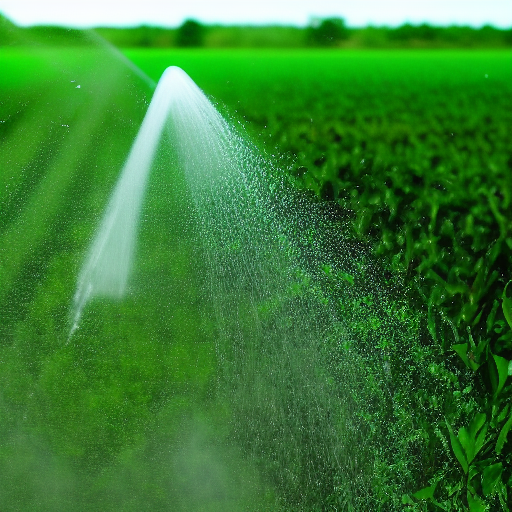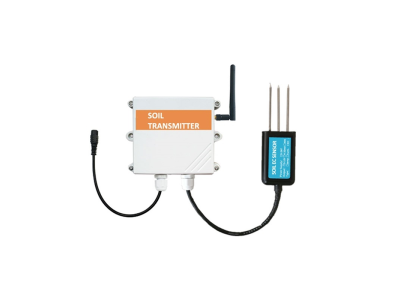Soil sensors are advanced tools designed to measure various soil parameters such as moisture, temperature, pH, and fertility. These sensors play a crucial role in agriculture, environmental monitoring, and research. They enable farmers, gardeners, and scientists to obtain real-time data on soil conditions, facilitating informed decision-making and optimal resource management. In this article, we will explore the composition of soil sensors and their working principles.

Moisture Sensors:
Moisture sensors measure the amount of water present in the soil. They employ various techniques such as capacitance, resistance, and time-domain reflectometry (TDR). Capacitance-based sensors use two electrodes to measure soil moisture by detecting changes in dielectric properties. Resistance-based sensors measure soil moisture by measuring changes in electrical conductivity. TDR sensors measure soil moisture by sending an electromagnetic pulse into the soil and analyzing its reflection time. Moisture sensors typically comprise a sensor probe, a signal processing unit, and a data logger.
Temperature Sensors:
Temperature sensors measure soil temperature, which is essential for plant growth and microbial activity. They utilize thermocouples, thermistors, or resistance temperature detectors (RTDs) to measure temperature. Thermocouples use two dissimilar metals to generate an electrical voltage that varies with temperature. Thermistors use a material that changes its electrical resistance with temperature. RTDs use a platinum wire or film that changes its resistance with temperature. Temperature sensors typically consist of a sensing element, a signal conditioning circuit, and a data acquisition system.
pH Sensors:
pH sensors measure the acidity or alkalinity of the soil. They use glass electrodes or solid-state sensors to measure pH. Glass electrodes comprise a thin glass membrane that reacts with hydrogen ions in the soil to generate a voltage proportional to pH. Solid-state sensors use a sensing element that changes its electrical properties with pH. pH sensors typically include a reference electrode, a sensing electrode, and a signal processing unit.
Fertility Sensors:
Fertility sensors measure the nutrient levels in the soil, which are vital for plant growth. They use various techniques such as ion-selective electrodes, optical sensors, and electrochemical sensors. Ion-selective electrodes measure the concentration of specific ions in the soil, such as nitrogen, potassium, and phosphorus. Optical sensors use fluorescence or absorbance to measure nutrient levels. Electrochemical sensors use an electrode to measure the redox potential, which is proportional to nutrient levels. Fertility sensors typically consist of a sensing element, a reference electrode, and a signal processing unit.
Working Principles:
Soil sensors work by measuring changes in physical or chemical properties of the soil. They employ various techniques such as electrical conductivity, dielectric properties, fluorescence, and redox potential. The sensing element of the sensor detects changes in the soil parameter being measured and generates an electrical signal. The signal is then processed by a signal conditioning circuit, which amplifies and filters the signal. The processed signal is then sent to a data logger, which stores and processes the data. The data can be accessed and analyzed by farmers, researchers, and other users to make informed decisions about soil management practices.
Conclusion:
Soil sensors play a crucial role in agriculture, environmental monitoring, and research. They provide essential data on soil moisture, temperature, pH, and fertility, enabling farmers to optimize crop yields, conserve water, and reduce fertilizer usage. Soil sensors utilize various techniques such as capacitance, resistance, ion-selective electrodes, and fluorescence to measure soil parameters. The sensing element of the sensor generates an electrical signal, which is processed and stored by a data logger. By utilizing soil sensors, stakeholders can improve resource management, promote sustainable practices, and enhance soil health. The continuous development and utilization of soil sensors contribute to a better understanding of soil processes and facilitate optimal practices in agriculture and environmental management.






